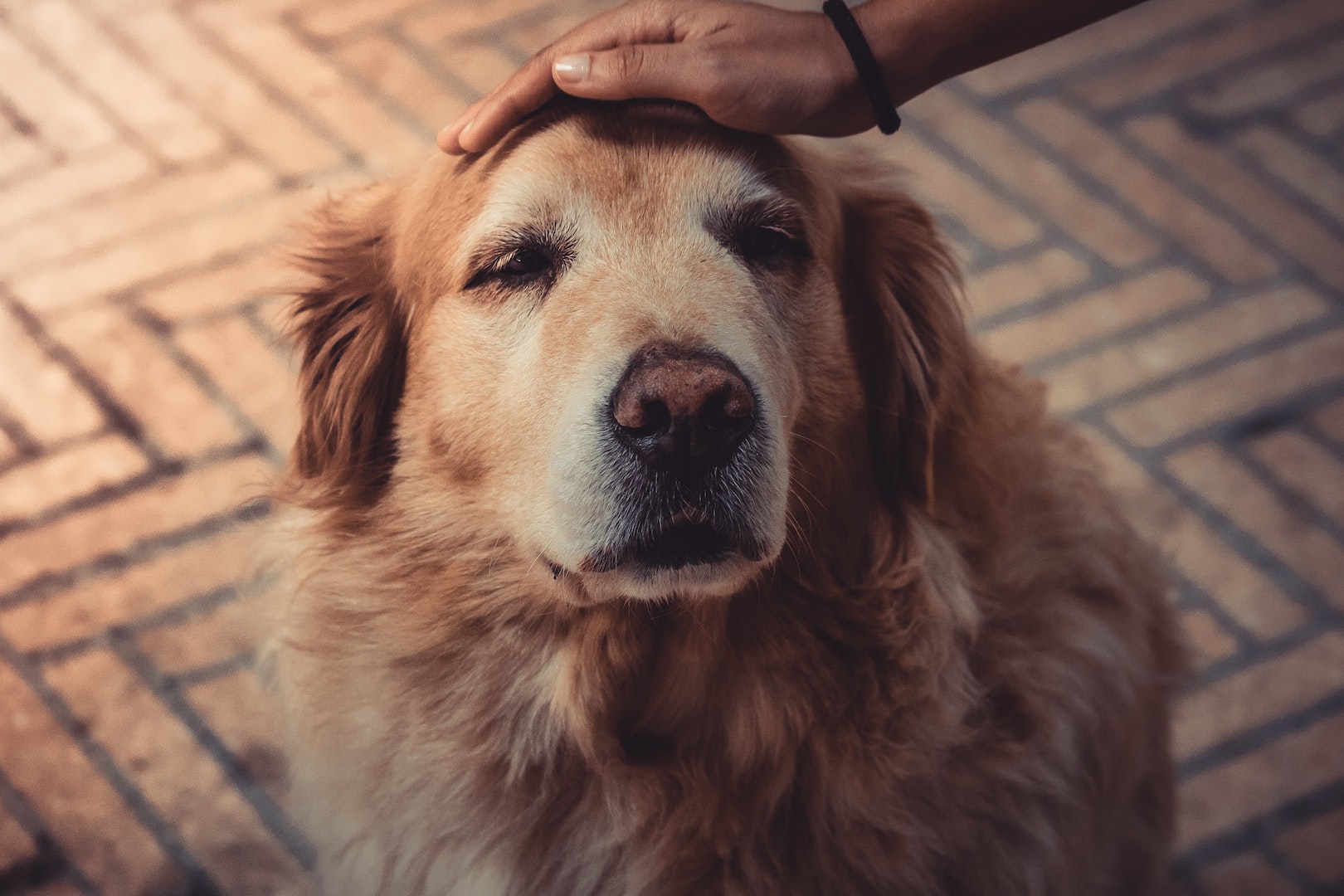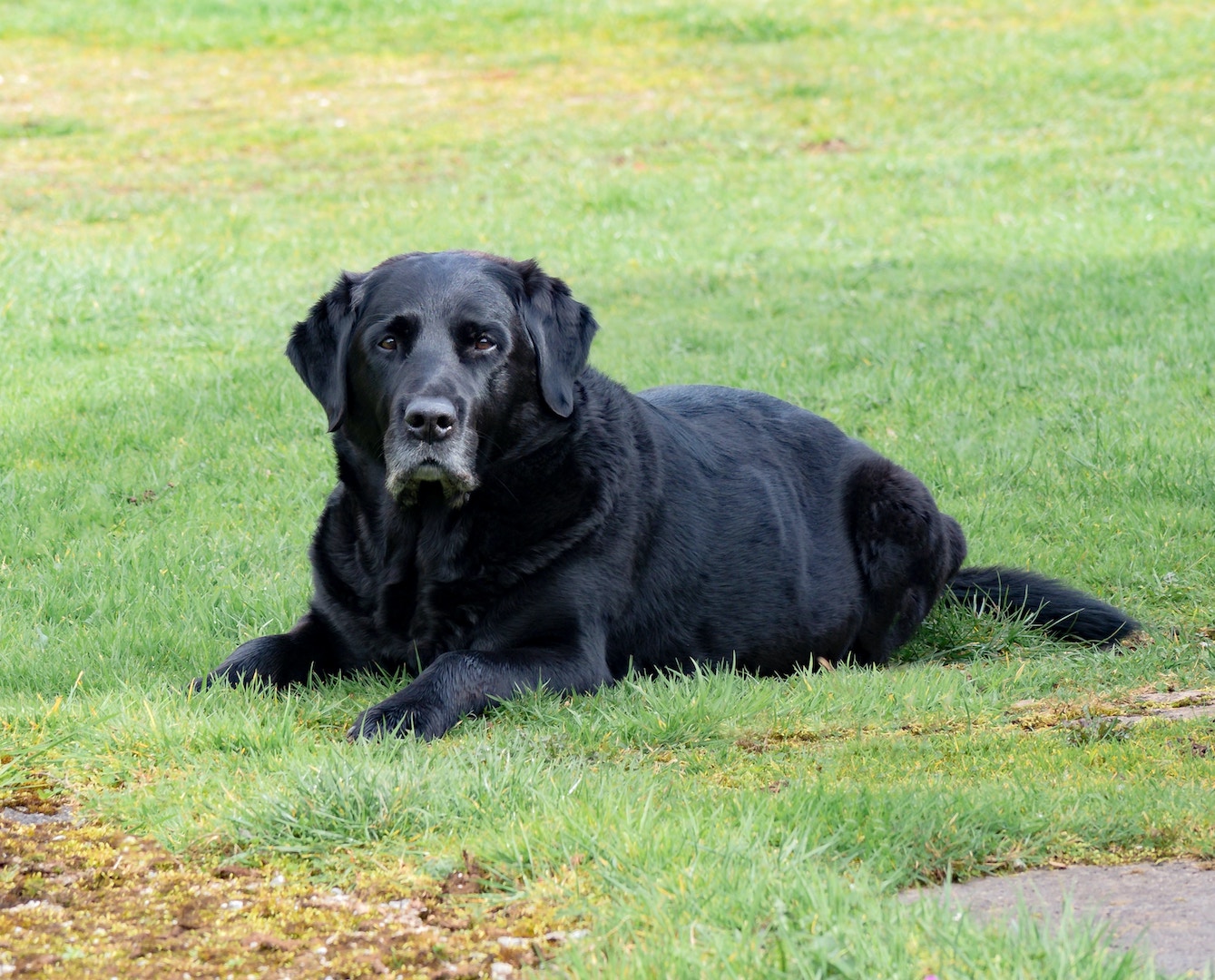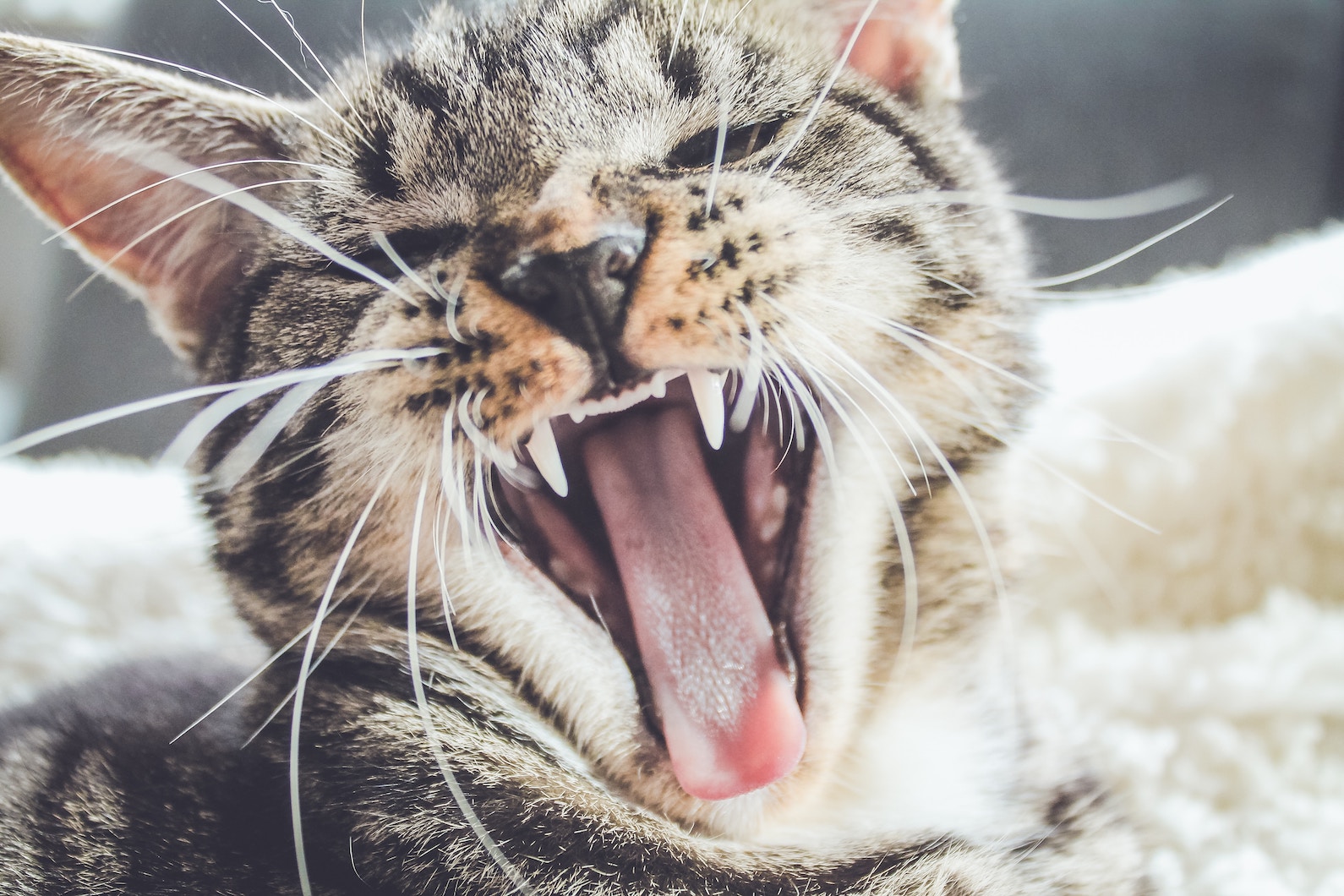What is The Blind Cafe?
The Blind Cafe was started by Rosh (Brian Rocheleau), a Naropa graduate from Boulder, CO. His first blind dining experience was in Reykjavik, Iceland and since he did not know of anything similar in the U.S. he decided to get things started stateside. The Blind Cafe uses the concept of engaging people socially in 100% darkness, via the arts & entertainment, to create innovative and imaginative social impact (pop-up) experiences held entirely in the pitch dark, no blindfolds!
We had two sold-out seatings with The Blind Cafe and met at the First Baptist Church off Grant Street in Denver’s Capitol Hill. Everyone was curious about this Adventure! As a member of the TEDxMileHigh Staff, I had several Wonder Attendees asking me if this Adventure had opened up any spots for those on the waitlist – excitement had been brewing for weeks.
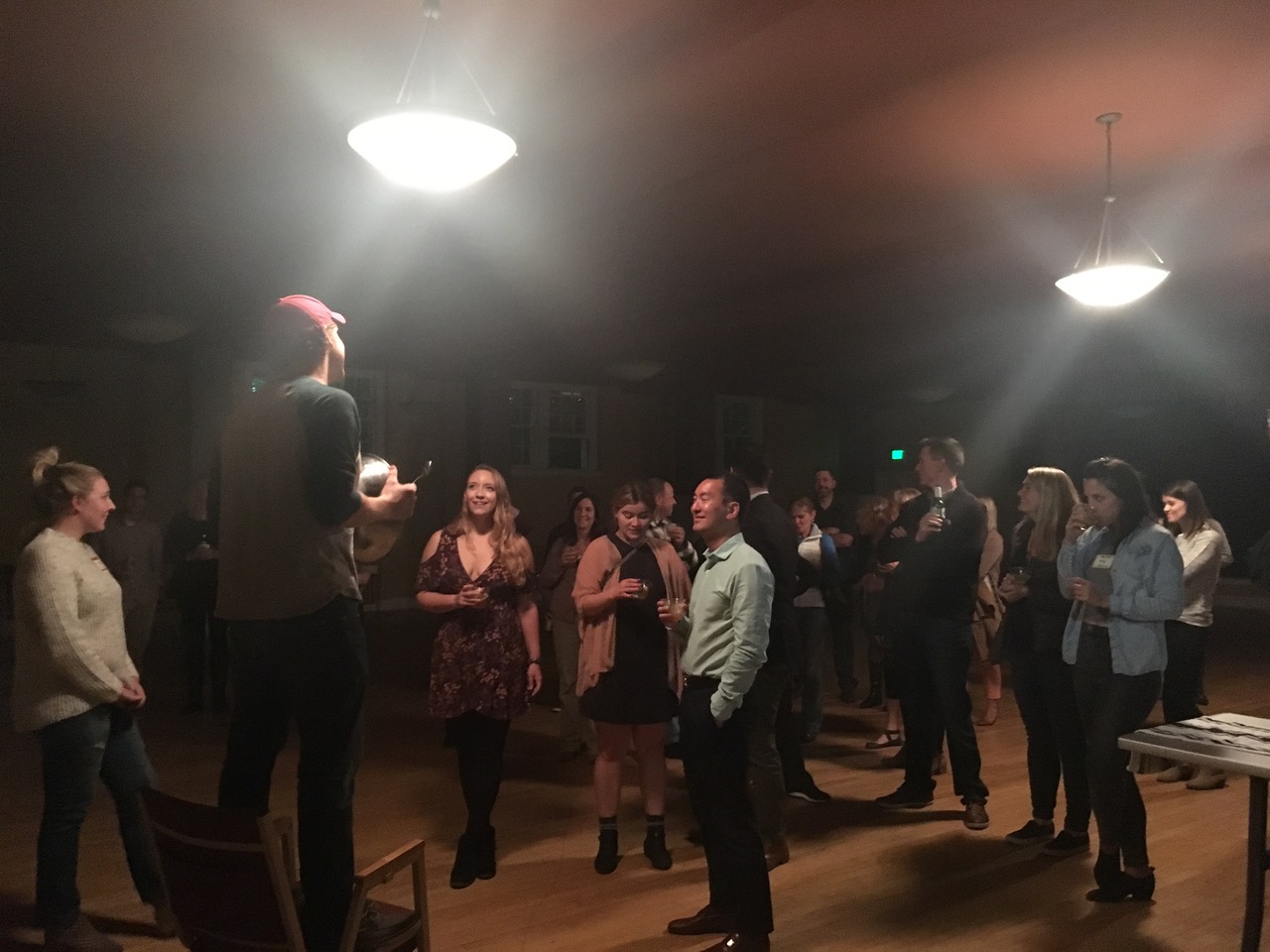


The Blind Cafe Experience
Walking down the stairs and into the ballroom of the historic church, I feel an excitement and a bit of fear because I have no idea what to expect.
Part of the ballroom is sectioned off by a black tarp: the gateway to darkness!
As we gathered with other TEDxMileHigh: Wonder attendees for our last Adventure together, Rosh alerts us with his makeshift Tibetan Singing Bowl (a kitchen mixing bowl — he left his real singing bowl in a van in Boulder), that it is time to go over a few guidelines before we embark into the darkness.
With an encouraging grin and a suspicion that we would potentially reach for our phones in a desperate attempt to illuminate our immediate space, he mentions, “No cell phones — just don’t be that person!”. Everyone swipes their phones 100% off — not just on silent/vibrate mode. Completely off. This is the second step in building the experience.
“Also, your watches. Take those off,” even the slightest glow in total darkness can light just enough up to ruin the experience.
Each table is to have 8 people dining together, in total darkness, so we section off into groups of 8.
We line up in single file, placing our hand on the shoulder of the person in front of us. As we approach the entryway, one of the legally blind staff introduces themselves, explaining how they would lead us in.
“Hey, I’m Rick and I’m here to show you to your table,” Rick Hammond says as he reaches out to shake our hands.
Now we are asked to step into the darkness, give up our sight, and rely on our other senses. Rick leads us through a curtained entryway, reminiscent of a haunted house, which then curves sharply to the right with another curtain to walk through.
Another sharp left, another curtain.
Another sharp right, another curtain, until finally, we are in.
Still holding on the each other’s shoulders, Rick guides us each to our own chair. Not having seen the room at all, I assume we are located on the right side of the room, but the voices of everyone talking and ricocheting off the walls proves disorienting.
Finding my chair, I begin to feel the edges of the table: is it circular? Square? Hexagon? Our table works together to conclude that it is indeed a rectangular table.
Now to find my food: I begin to grab into the darkness to try and find a bottle of water that is supposed to be at my seating: found it at the top left.
“Hey guys, I think your water is on the top left!” I share with my table. Everyone finds their water, top left of their seating.
I listen and hear that almost everyone at the table finds their plates – but I can not feel anything directly in front of me, so I ask the person to my right if he has his plate: he has two plates!
After reclaiming my plate, I begin to eat – but first, I smell the food. I can’t quite make out what it is. I know it’s vegan since The Blind Cafe serves vegan to most public events. But what exactly is it?
I decided to go all in and use my hands: oops. There is definitely a bowl of soup. Now I have to find my napkin to wipe my hands…my neighbor amusingly donates his.
Dinner in the dark is an incredibly “eye-opening” experience.
You don’t have to worry about someone waiting for you to eat first.
You don’t have to worry about what your facial expressions might be perceived as.
You don’t have to worry about the awkwardness when no one at the table is talking.
It’s incredible to know you’re a not being visually judged.
After about 30 minutes of eating, our attention is called for by Rosh’s kitchen singing bowl: it’s time for the Q&A with the blind staff.
The questions from the dining guests are thoughtful and curious.
“Do you decorate your house?”
“How do you pick out your clothes?”
“How do you know when someone is trying to deceive you?”
“How do you deal with the haters?”
Rick and Jim a.k.a., “Silver Fox,” answers the questions and by the end of the evening, we saw each other in the same light: we are all just humans, trying to get through life together.
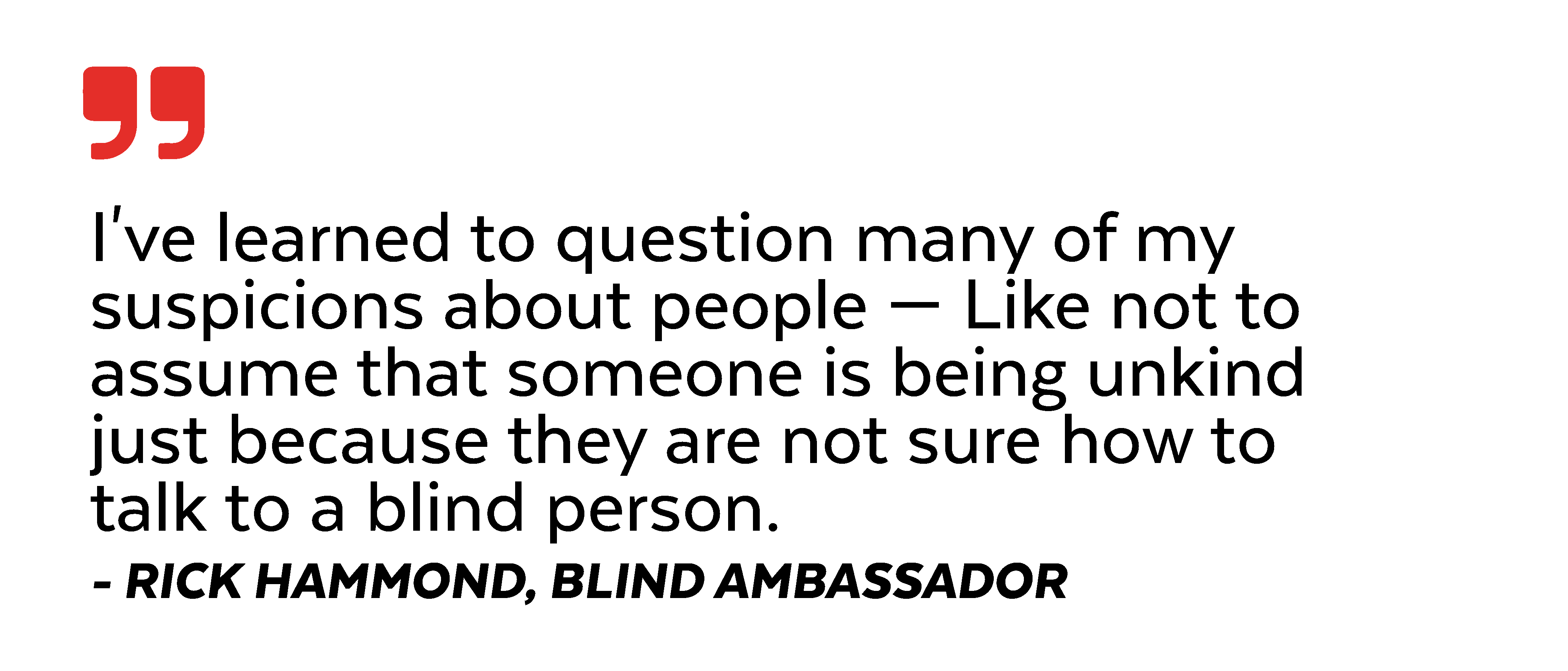
Rick shares that even though people can be unkind or misunderstanding of his blindness at times, he knows that everyone is going through their own issues: be it good or be it bad.
One thing that sticks with me the most is when Jim shares how important socializing is for him. On the day he dies, he wants to remember all the incredible people he met and the moments created with them.

After the Q&A, Rosh and The Blind Orchestra begin to play music while we consume dessert: peanut butter oatmeal balls!
Experiencing music is already an altering experience: but in the dark? It’s almost as if you hear each instrument on its’ own while also hearing the entire ensemble playing together.
Dining in the darkness with The Blind Cafe is not designed to simulate blindness because you can never know what it’s like to be in someone else’s shoes — but you do hear from blind people and how they navigate theirs.
At the end of the night, I find myself wishing to dine in the dark more often. No judgment, no misperceptions, and a total sensory overhaul with the sense of sight being tabled.
There is a fantastic surprise at the end of the night too – but I will keep that to myself.
